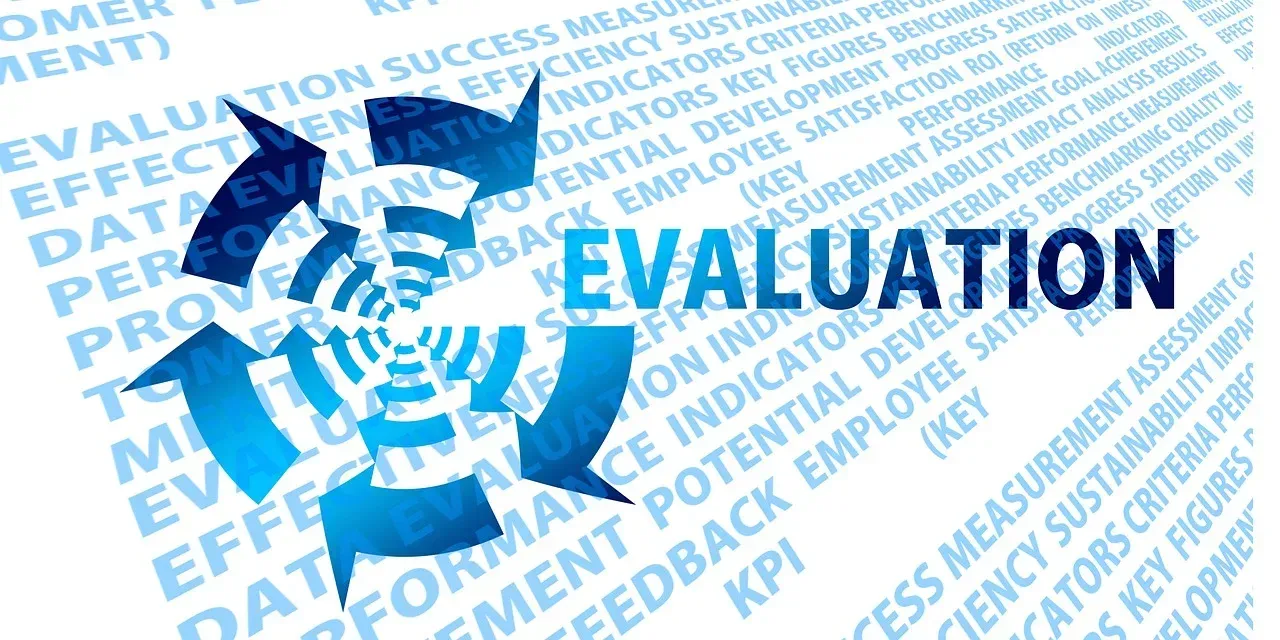Navigating the Salary Negotiation Maze: A Guide to Securing Fair Compensation

Negotiating a fair and equal salary can be one of the most challenging aspects of a career, but it's also one of the most crucial. However, armed with the right strategies and tools, you can confidently advocate for yourself and secure the compensation you deserve. In this blog post, we'll explore effective strategies for negotiating a fair salary, guidance on collecting evidence to support your case, and tips for seeking support from colleagues and advocates committed to equal pay.
- Know Your Worth: Before entering into any salary negotiation, it's essential to understand your market value. Research industry standards and salary ranges for your position and level of experience using resources like online salary databases, industry reports, and networking with professionals in your field. This information will provide you with a benchmark to anchor your negotiation and ensure you're asking for a fair and competitive salary.
- Gather Evidence: Support your salary negotiation with concrete evidence of your contributions, achievements, and the value you bring to the organization. Keep a record of your accomplishments, such as exceeding targets, completing projects ahead of schedule, or receiving recognition for your work. Quantify your impact whenever possible, using metrics like revenue generated, cost savings, or efficiency improvements. This evidence will bolster your case and demonstrate why you deserve a higher salary.
- Practice Effective Communication: Effective communication is key to successful salary negotiation. Practice articulating your value proposition, focusing on the skills, experiences, and results that make you an asset to the organization. Be confident but respectful in your approach, and avoid underselling yourself. Clearly state your salary expectations based on your research and evidence, and be prepared to justify your request if asked. Active listening is also crucial—listen to the employer's perspective and be open to compromise while advocating for your needs.
- Seek Support from Colleagues and Advocates: Don't underestimate the power of solidarity in negotiating for fair compensation. Seek support from colleagues, mentors, or advocates who are committed to equal pay and workplace fairness. They can offer valuable insights, advice, and even advocate on your behalf during negotiations. Additionally, consider joining professional organizations or networks that offer resources and support for salary negotiation and workplace equity.
- Be Prepared to Walk Away: While negotiating for a fair salary is important, it's also essential to know your limits and be prepared to walk away if necessary. If the employer is unwilling to meet your salary expectations or provide fair compensation for your contributions, consider whether the opportunity aligns with your long-term career goals and financial needs. Sometimes, saying no to a job offer that doesn't value your worth can open doors to better opportunities in the future.
Conclusion: Negotiating a fair salary requires preparation, confidence, and effective communication skills. By knowing your worth, gathering evidence to support your case, seeking support from colleagues and advocates, and practicing effective communication, you can navigate the salary negotiation process with confidence and secure the compensation you deserve. Remember, advocating for fair pay isn't just about yourself—it's about promoting workplace equity and creating a more inclusive and fair working environment for everyone.
You might also like




